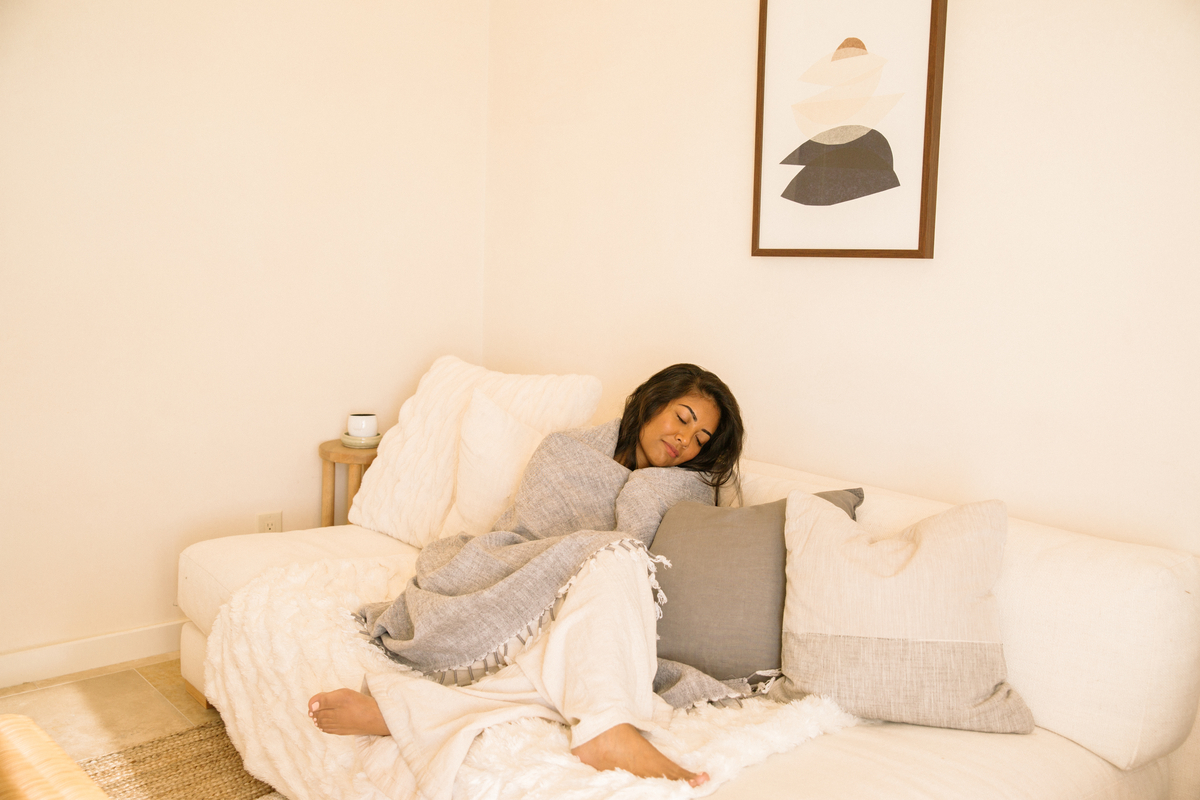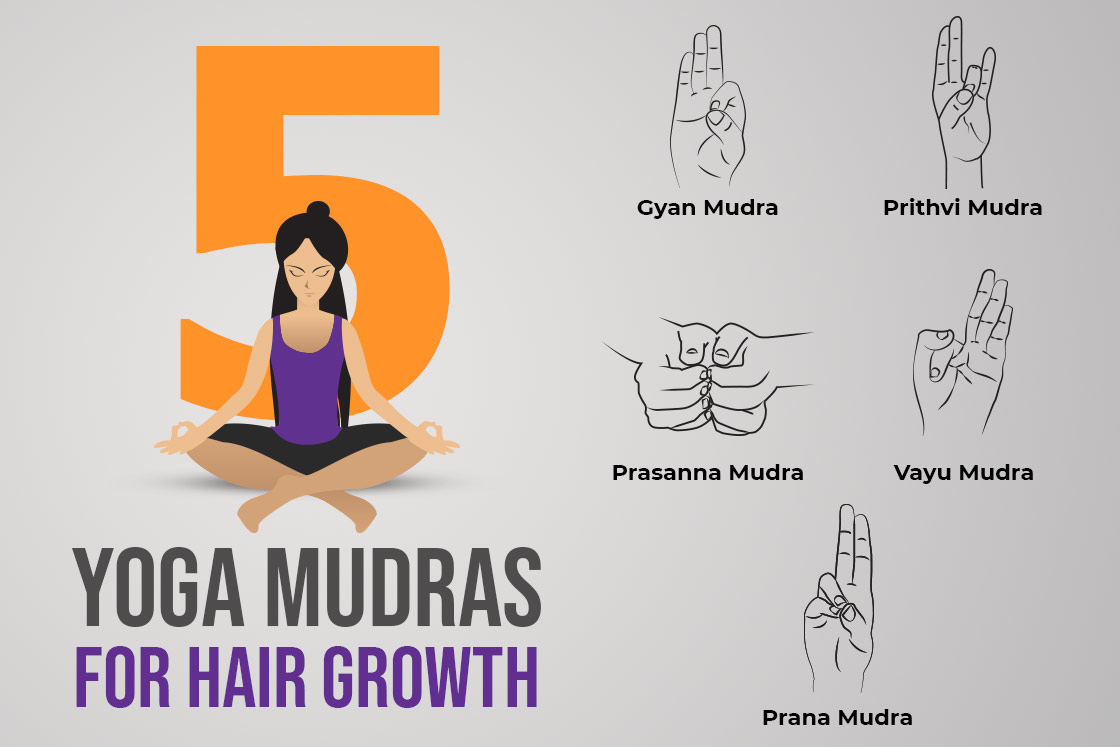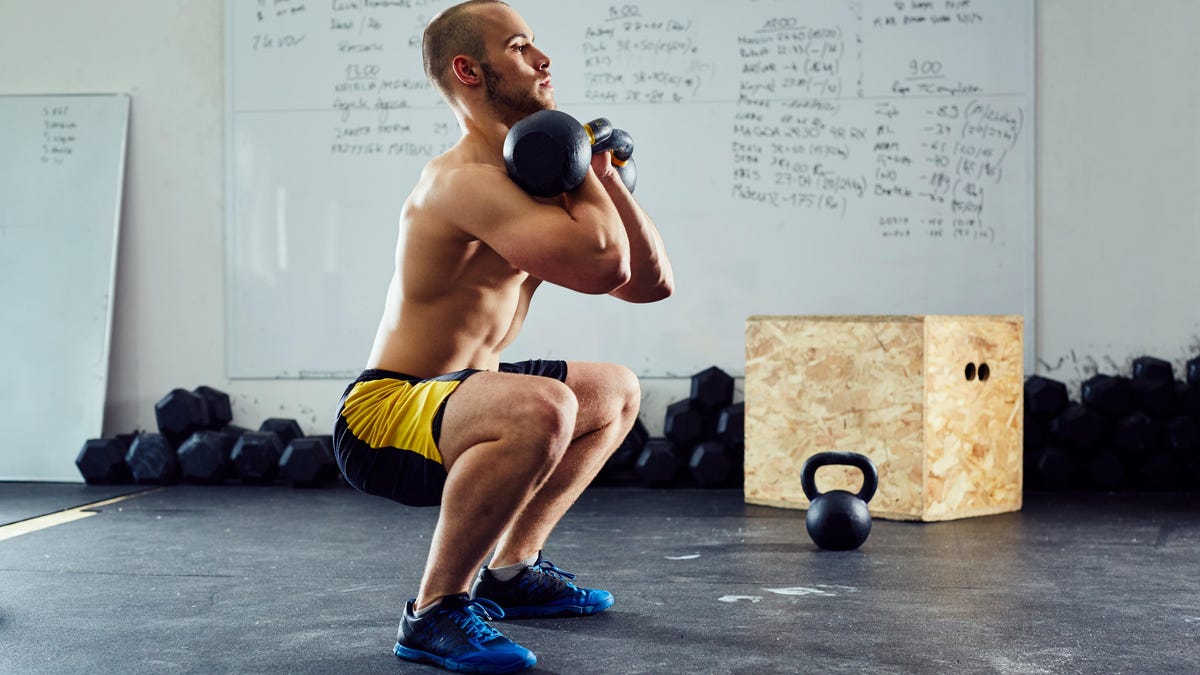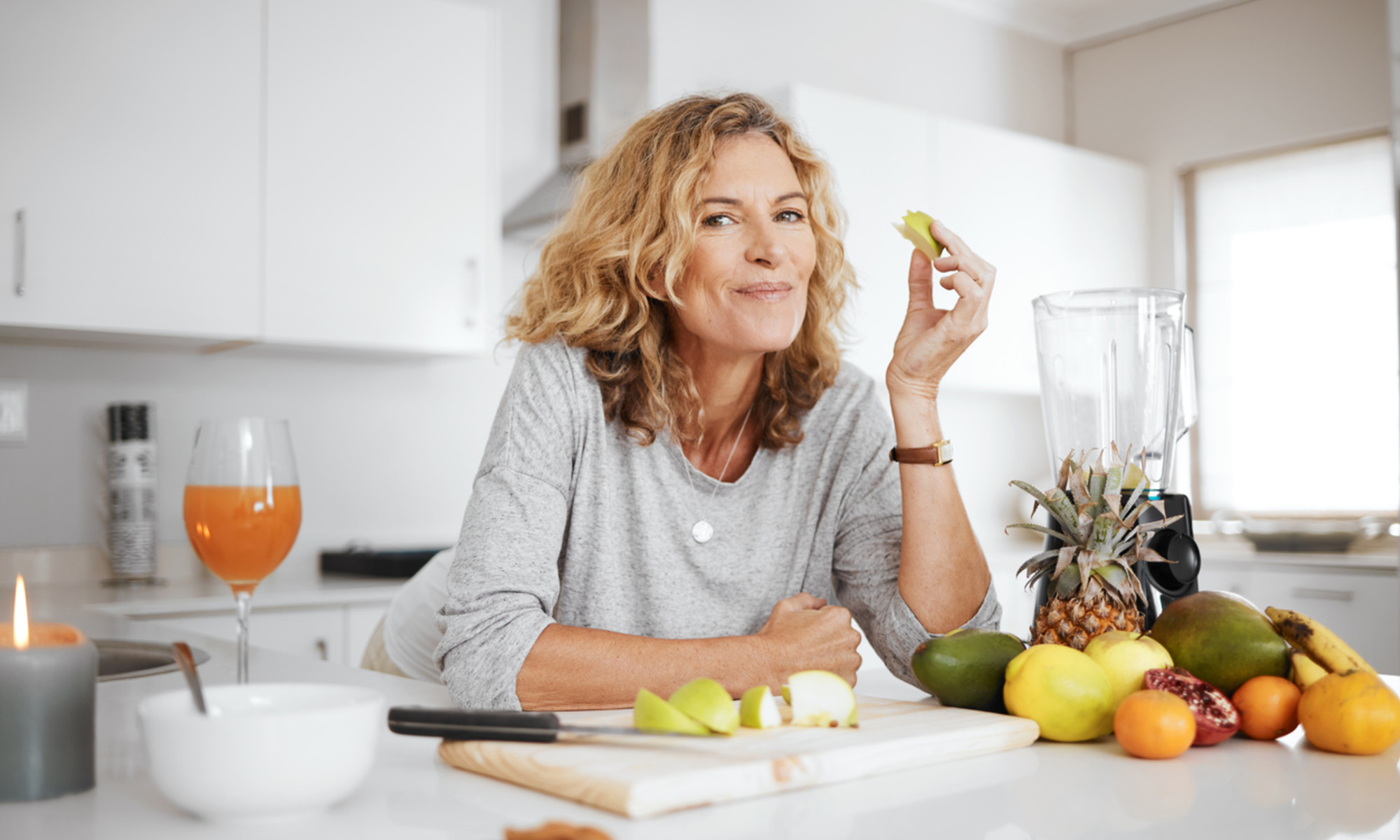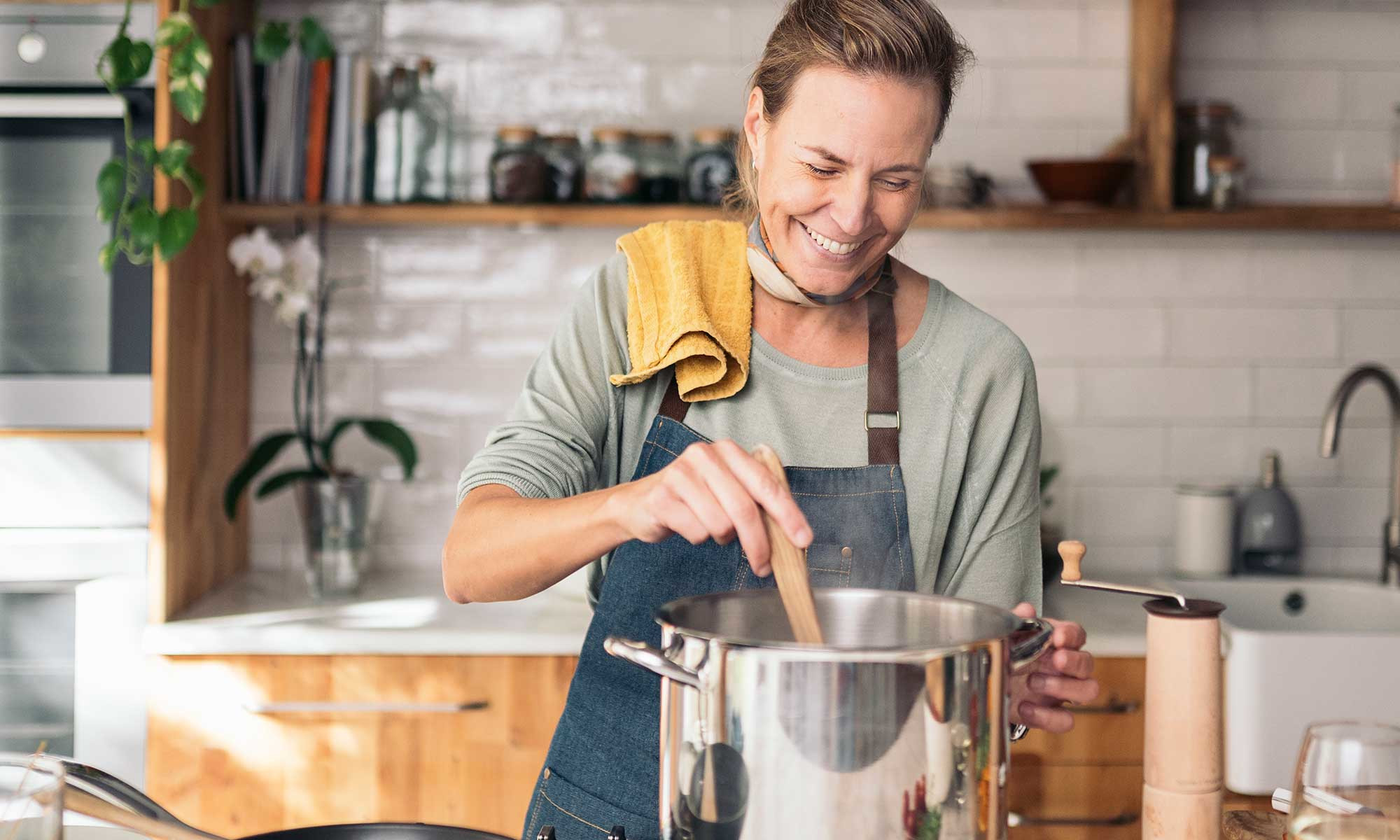5 Yoga Goals for Beginners to Improve Flexibility and Strength
Witnessing a skilled yoga teacher in motion reveals a perfect blend of strength and flexibility, captivating observers with seemingly effortless mastery. Contrary to common misconceptions, yoga doesn’t demand innate flexibility. Whether you’ve never reached for your toes before in...
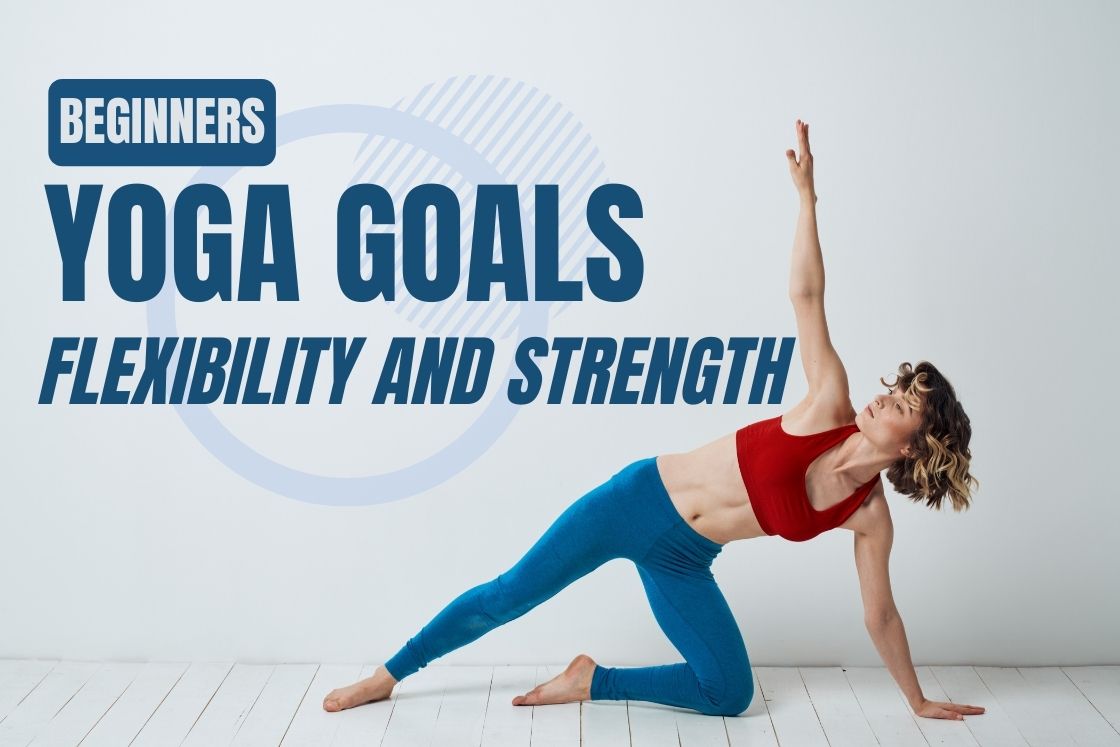
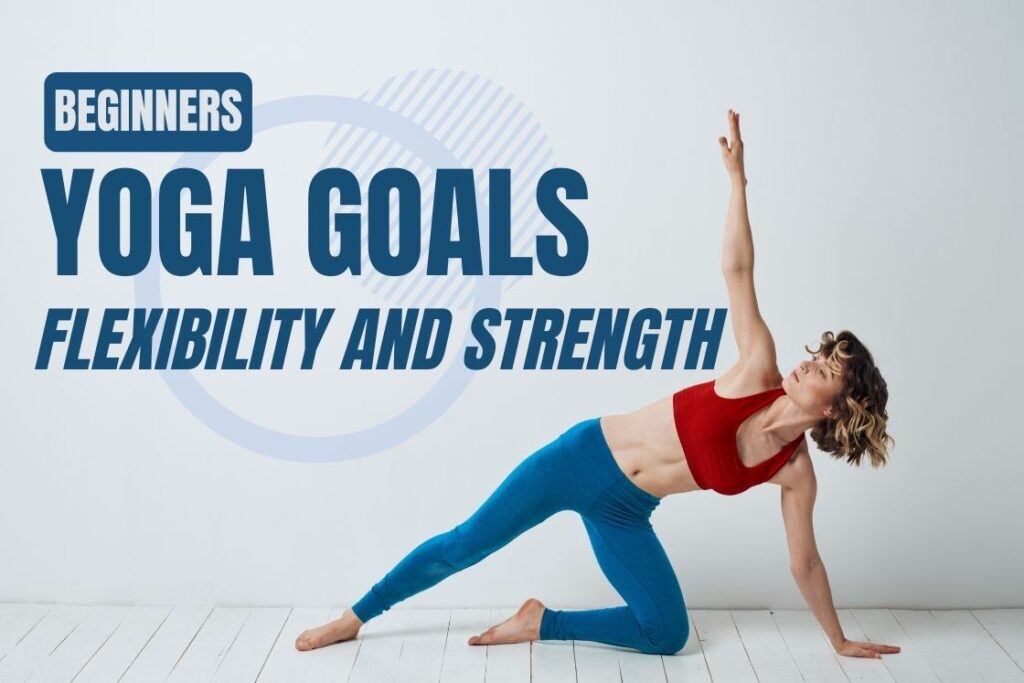
Witnessing a skilled yoga teacher in motion reveals a perfect blend of strength and flexibility, captivating observers with seemingly effortless mastery.
Contrary to common misconceptions, yoga doesn’t demand innate flexibility. Whether you’ve never reached for your toes before in those forward bends or you’re naturally less bendy, flexibility can be nurtured and enhanced through practice.
Regular engagement in yoga not only promotes overall health but also boosts flexibility. The array of yoga poses designed to stretch muscles and release tension contributes significantly to increased flexibility. This heightened flexibility not only reduces the risk of muscle injuries but also accelerates the healing process.
For beginners aspiring to enhance both strength and flexibility, consider focusing on these five attainable goals to elevate your yoga journey.
Warm up before beginning your practice
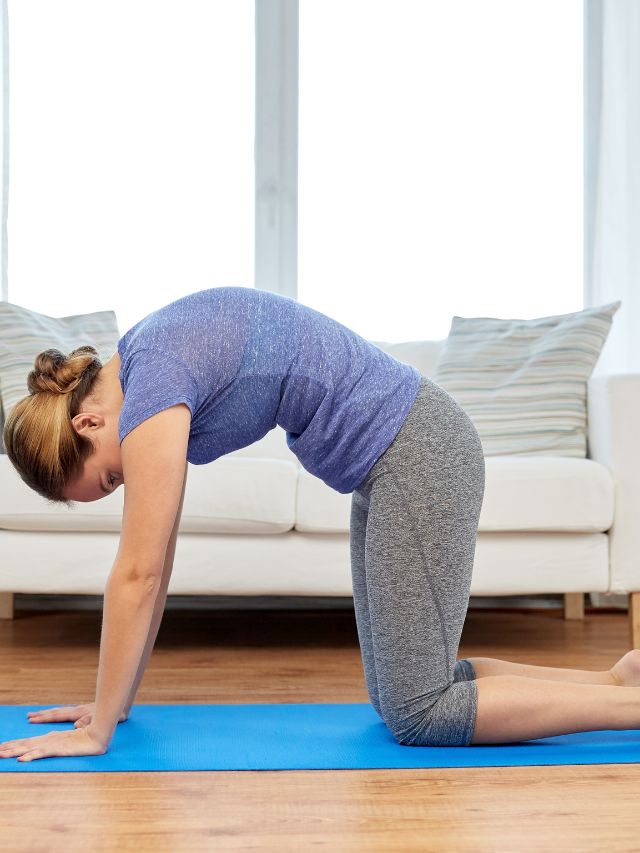
Prior to diving into your yoga practice, the key objective is to warm up your body and elevate your heart rate.
Warming up is a crucial step before engaging in any demanding physical activity, signaling to your muscles that they are about to embark on activities that may exert them. Devoting a minimum of 10-15 minutes to warm-up exercises is highly recommended for optimal results. Focus on dynamic movements for your hamstrings, shoulders, neck, and back—areas prone to accumulating strain and tightness.
Read more: 16 Yoga Warm Up Exercises for Entire Body
Seated exercises on the floor that enhance the range of motion in your limbs are also beneficial, offering a preview of the space where your yoga session will unfold.
Many yogis swear by incorporating a few rounds of Surya Namaskar into their warm-up routine. The asanas in this Vinyasa sequence effectively target all the essential areas of stiffness, setting the stage for a harmonious and invigorating yoga session.
Hold the pose for a while
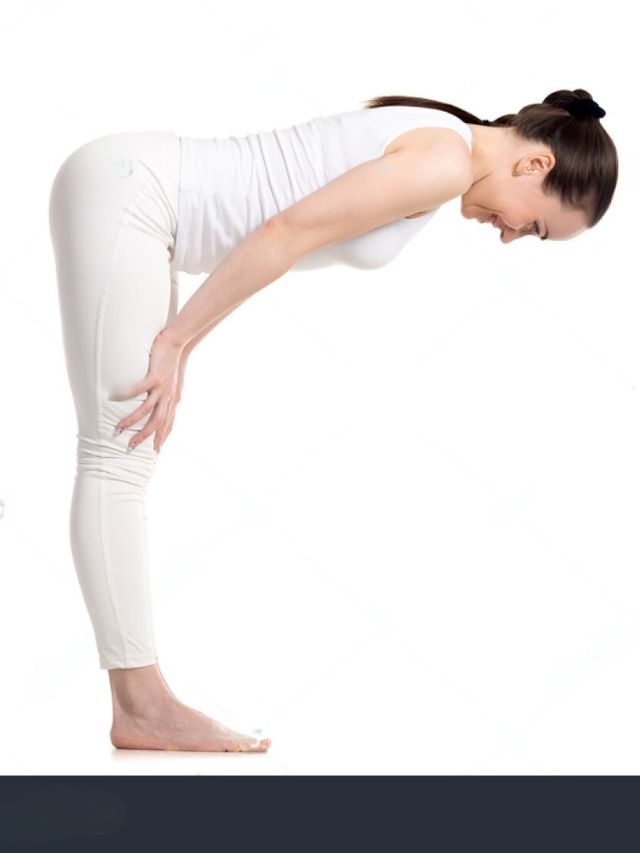
Unlocking the full potential of your muscles’ flexibility hinges on incorporating strategic techniques, with static stretches taking center stage. Delve into the art of holding a pose for 30 seconds or more, a practice that significantly enhances your body’s adaptability.
Once your body is warmed up, dive into static stretches, dedicating a minimum of 30 seconds to each pose. For a profound stretch that extends beyond surface muscles, consider the principles of yin yoga, urging practitioners to linger in a pose for an extended 5-8 minutes. This extended duration allows for a thorough stretch of deeper tissues, inducing a profound state of muscle relaxation.
An added benefit of prolonged pose-holding is the effortless development of strength. As you extend the duration of each pose, you seamlessly build strength, making it a simple yet powerful method for holistic well-being.
Caution is advised, however, when it comes to incorporating static stretches directly before certain types of yoga practices. Engaging in static stretches without a proper warm-up increases the risk of injury while diminishing overall power and strength.
Visualize your muscles like a rubber band—repeated stretching leads to a maintained suppleness. Conversely, abrupt stretching, akin to a fresh rubber band, may result in breakage. This analogy underscores the importance of adhering to the earlier tip of warming up your body. As you hold your poses, not only are you fostering flexibility, but you are also nurturing your muscles, ensuring they remain resilient and injury-resistant throughout your yoga journey.
Pay attention to your breath
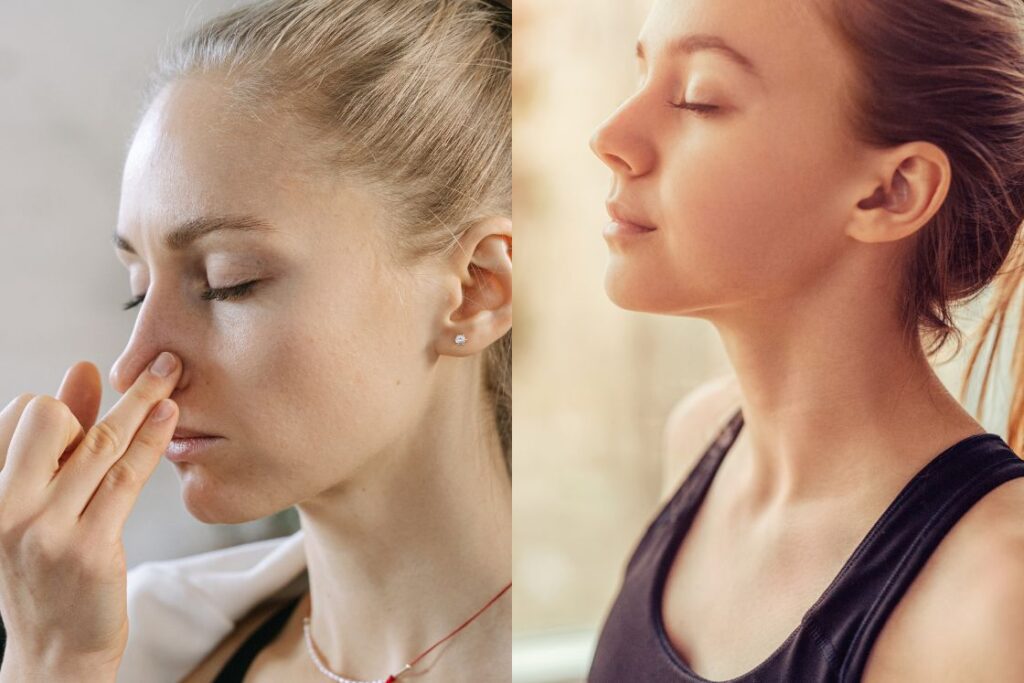
In yoga, the rhythmic dance of breath holds paramount importance, seamlessly intertwining the mental and physical aspects of your journey. Think of each inhale and exhale as a lifeline for your muscles, supplying them with the oxygen they crave.
Maintaining a steady and continuous breath pattern is the key to ensuring your muscles receive the oxygen needed for optimal performance. As you exhale, envision releasing accumulated stress and stale air, making room for a revitalizing inhale that introduces fresh oxygen into your system. This conscious control of your breath not only enhances your yoga experience but also allows you to feel the stretch without the discomfort that can arise from oxygen-deprived muscles.
When it comes to stretching, consistency is key. Aim for a balanced rhythm, orchestrating six counts for each inhale and exhale. If you sense the need for more or less air, feel free to adjust the cadence to suit your body’s unique requirements.
As you synchronize breath with movement, pay meticulous attention to the stability and alignment of your posture. Let each inhalation serve as a moment to fortify your stance, while each exhale becomes an opportunity to surrender a bit more into the pose. This mindful connection with your breath not only amplifies the effectiveness of your stretches but also transforms your yoga practice into a graceful and rejuvenating symphony of movement and breath.
Add resistance props to give variations
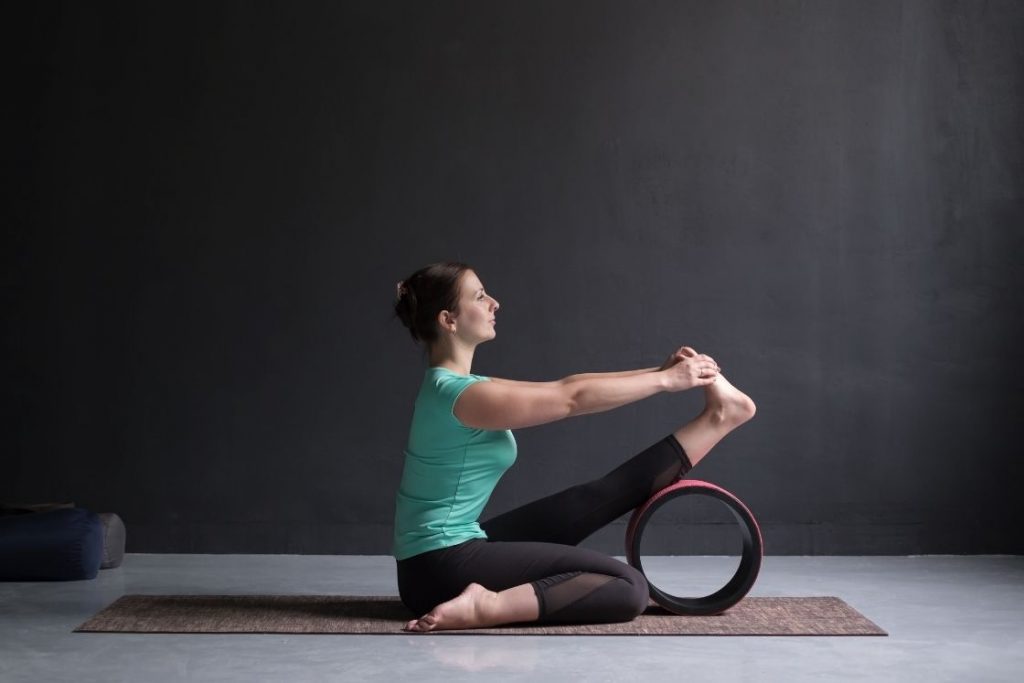 krounchasana modifications with yoga wheel. Image Source: Canva
krounchasana modifications with yoga wheel. Image Source: CanvaIn yoga practice, props emerge as silent allies, akin to additional limbs guiding practitioners through the nuanced dance of movement and alignment. Particularly beneficial for beginners, these props act as supportive companions, facilitating correct posture without imposing undue strain on tight muscles.
Stretchable straps become versatile partners in refining movements, sandbags provide a grounded resistance, and weights introduce a dynamic element to your routine. This fusion of props transforms your yoga experience, fostering resilience and enhancing the overall efficacy of your muscle-strengthening endeavors.
But the prop repertoire doesn’t end there—welcome the subtle support of cushions, blocks, chairs, and bolsters into your practice. These multifaceted tools serve as gateways to exploring flexibility and expanding the range of motion for your muscles and joints. Whether it’s elevating a pose with a block or finding comfort in a bolster, these props offer variations that cater to your unique needs, unlocking a realm of possibilities for both beginners and seasoned yogis alike.
Gradually challenge your limits
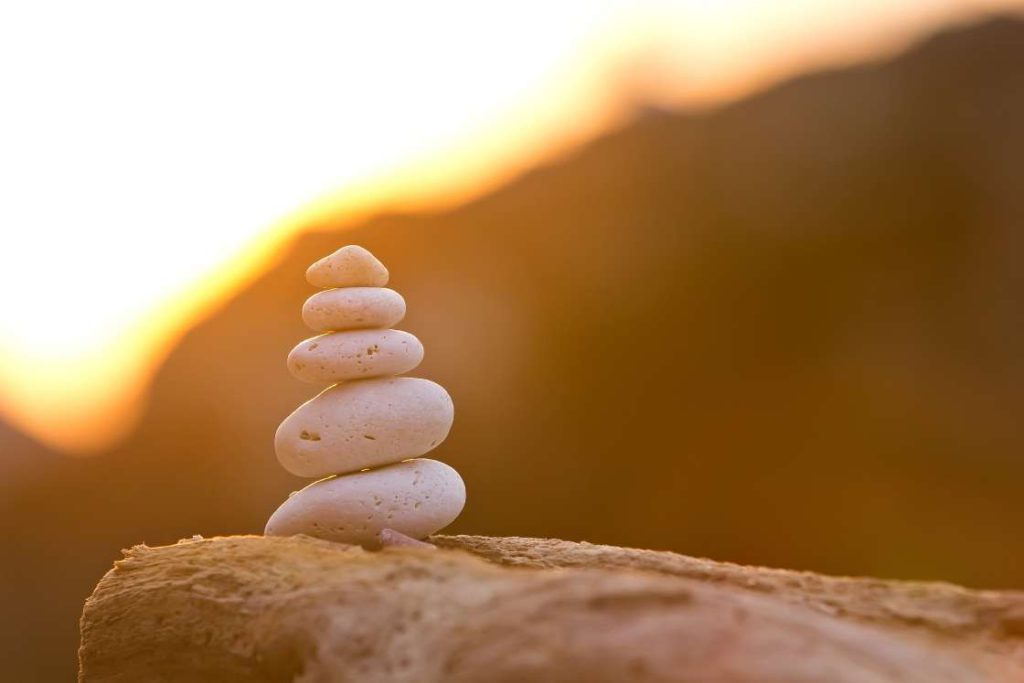 Finding balance and challenging your limits gradually.
Finding balance and challenging your limits gradually. In the dynamic world of yoga, the mantra is to “play along the edge,” an invitation to teeter on the brink of challenge while maintaining a mindful connection with your body’s signals. Amid this exploration, the wisdom of yoga advises a keen awareness of your body’s response, urging you to gracefully retreat when discomfort signals arise.
As you cultivate comfort within a pose, the time is ripe to introduce variations that gently nudge at your limits. Consider extending the duration of a pose, testing the waters of your muscle strength, or incorporating subtle modifications that elevate the complexity of the posture.
Poses demanding balance, whether on one leg or your hands, act as litmus tests for the burgeoning strength of your muscles. Embrace these challenges, as they serve as tangible indicators of your progress. While navigating these frontiers, having an experienced yogi by your side proves invaluable. Their discerning eye can assess your body language, offering insightful alternatives to enhance both flexibility and strength, ensuring that you tread the path of growth with wisdom and guidance.
Conclusion
When starting the journey of yoga, as a beginner you might have set the stage for a transformative experience aimed at enhancing both flexibility and strength. From embracing warm-up rituals to harmonizing breath, incorporating resistance props, and gradually testing limits, each step contributes to a holistic approach for novices.
Through these attainable yoga goals, beginners not only lay the foundation for a fulfilling yoga practice but also foster a newfound synergy between flexibility and strength, unlocking a path of well-rounded well-being. May this journey be guided by intention, persistence, and the joy of continuous self-discovery.

 Astrong
Astrong 







